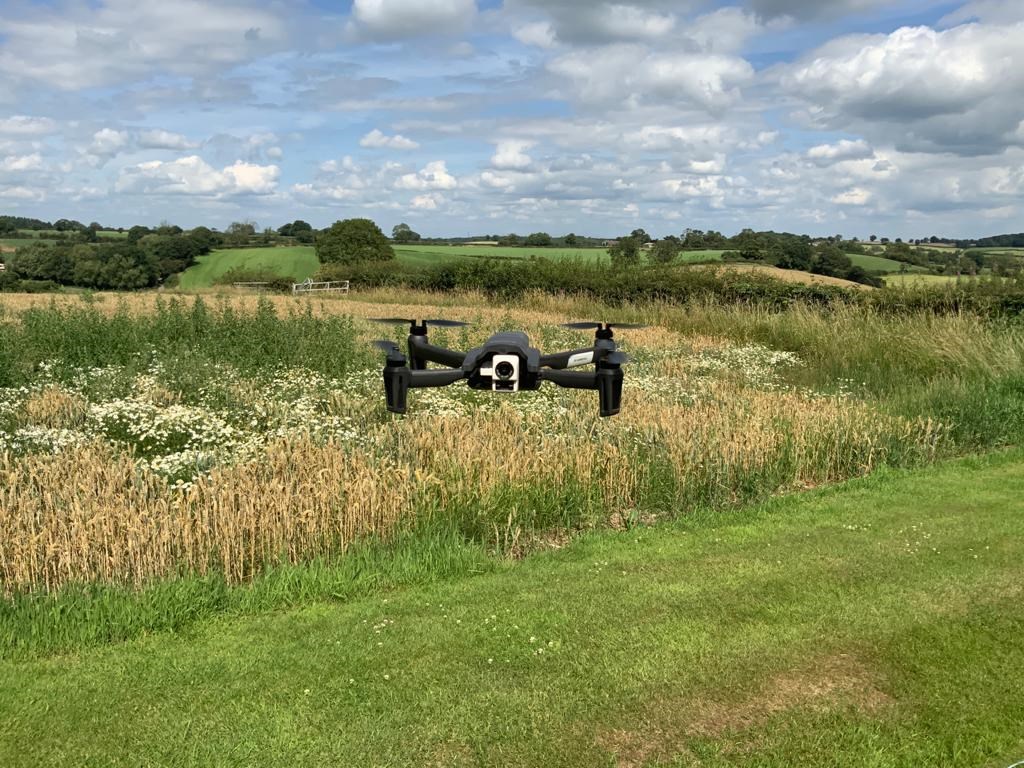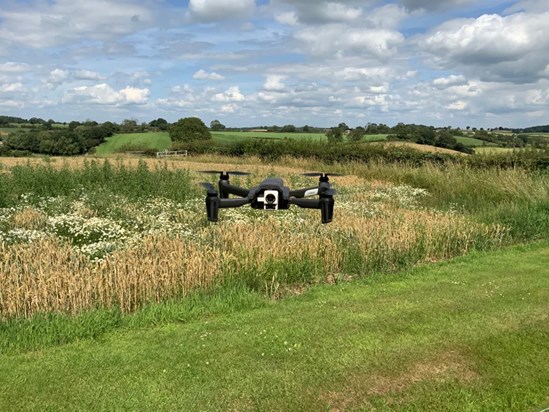The Green Apple Awards are run by the Green Organisation – an international, independent, environment group that recognises, rewards and promotes environmental best practice around the world.
Align JV, which will deliver the portion of HS2 that includes the Chiltern Tunnel and the Colne Valley Viaduct, working with its contractor Roadbridge, introduced thermal camera drones to dramatically improve the accuracy of nesting birds’ surveys, helping to protect the species and enable faster and more effective results for ecologists working on the project.
As ground-nesting birds with well camouflaged nests, Skylarks are very difficult to survey, but using a thermal camera, the drone can calibrate to the ground temperature and other objects to lock onto a heat source and identify the birds’ nests extremely accurately.
HS2’s Environment Director Peter Miller said:
“Protecting the natural environment as we build Britain’s new low-carbon railway is at the heart of everything we do. Some of the country’s most experienced and leading ecological consultants are working on the project, and we’re extremely pleased to see environmental innovations such as this gain international recognition and create new levels of best practice in the sector.”
Adam Cockayne, Environment Manager at Align JV said:
“Align is responsible for all ecological matters on this part of the HS2 project, and we’ve been working with Roadbridge on this innovation to ensure that the earthworks we’re carrying out do not disturb nesting birds in the area. Building on the success of the programme, we’re now planning to find other uses for thermal camera drones to benefit HS2’s ecological monitoring programme and are excited for what the future may hold.”
Vincent Ryan, Environmental Advisor at Roadbridge said:
“We’re delighted to win this international award for our environmental innovation. As a result of this award we have been invited to accept Green Apple World Ambassador status which means our winning paper will be published in the Green Book - the leading international work of reference for environmental best practice, so that others can follow our example and learn from the innovation.”
At twelve metres above ground level the drone captures approximately a 9m2 area, providing a reduction in search times, and a clear perspective from a 90-degree view of the ground below. Using a thermal camera, the drone can calibrate to the ground temperature and other objects to lock onto a heat source and identify the birds’ nests. This includes birds on the nest, eggs on the nest and birds sheltering on the ground.
Exclusion zones are then put on Computer Aided Design (CAD) drawings and into the Global Positioning System (GPS) of machinery working on site to let operators know when they are working near exclusion zones, to protect nests and allow works to progress safely.
ENDS

